Updated October 29, 2025
SaaS Keyword Research: Advanced Techniques (Template Included)
The fundamentals of keyword research don’t really change, whether you’re doing SEO for an eCommerce brand, a local business, or a SaaS company; the core logic is the same.
However, most founders and even some SEO teams focus too much on search volumes or generic keyword difficulty metrics from Ahrefs or Semrush, while the real value lies in understanding how your product solves problems, and how users search before they’re even aware of your solution.
In this guide, I’ll share the keyword research methods I use for SaaS clients; the ones that go far beyond tools and dashboards. These are the strategies that helped me uncover keywords competitors completely ignored, and they’ve consistently driven qualified traffic that converts.
Extract Keywords from Competitors’ Feature Pages via Ahrefs
One of my favorite starting points in SaaS keyword research is digging into competitors’ feature pages, not just their blog posts or product landing pages.
You’d be surprised how many high-authority SaaS websites unintentionally reveal hundreds of keyword opportunities just from their feature pages alone.

Here’s what I mean.
Let’s say you’re working on an AI video generator tool.
Okay, so pick one of your biggest competitors and analyze their /features subfolder.
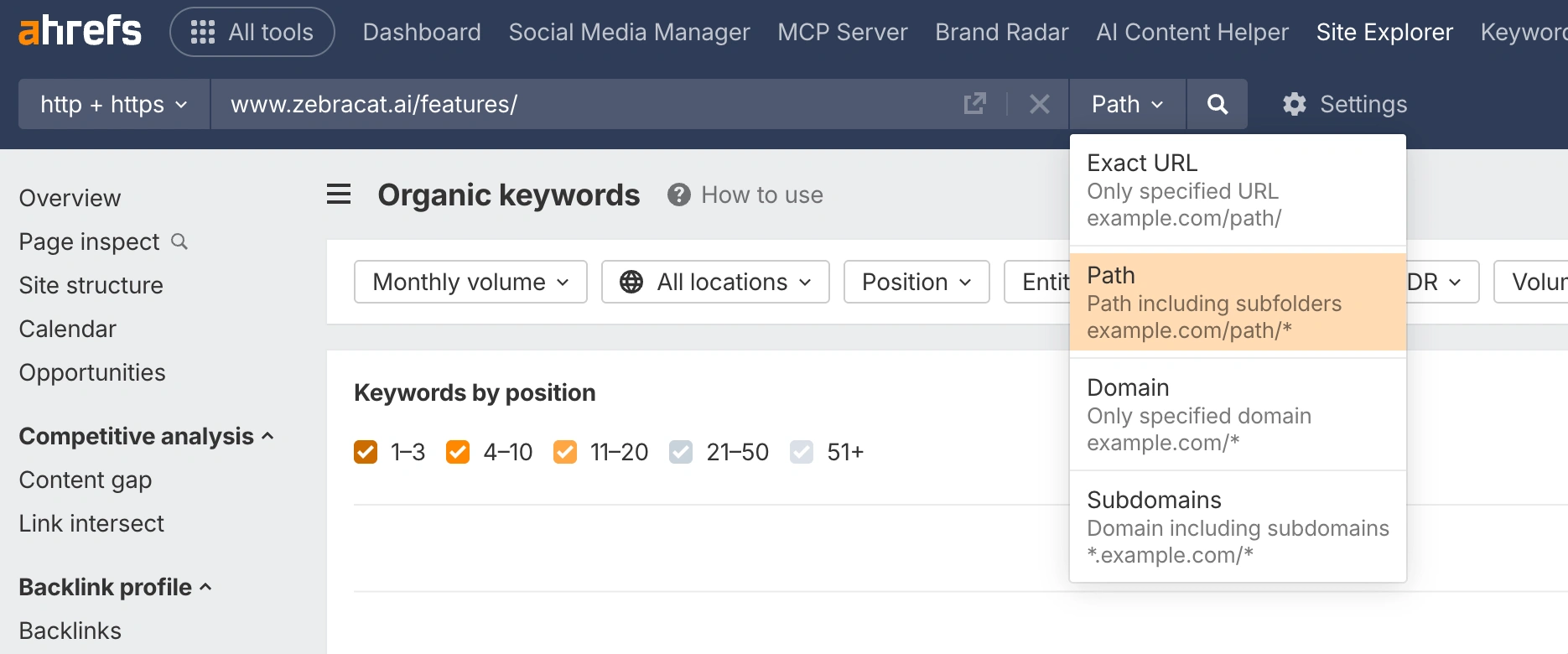
Many top SaaS sites (especially Ahrefs DR70+ ones) rank for feature-related queries that the page isn’t even directly optimized for, simply because their domain authority is strong enough to carry them.
Those “accidental” keywords are gold. You can isolate them, analyze their intent, and create sub-feature pages specifically tailored to them.
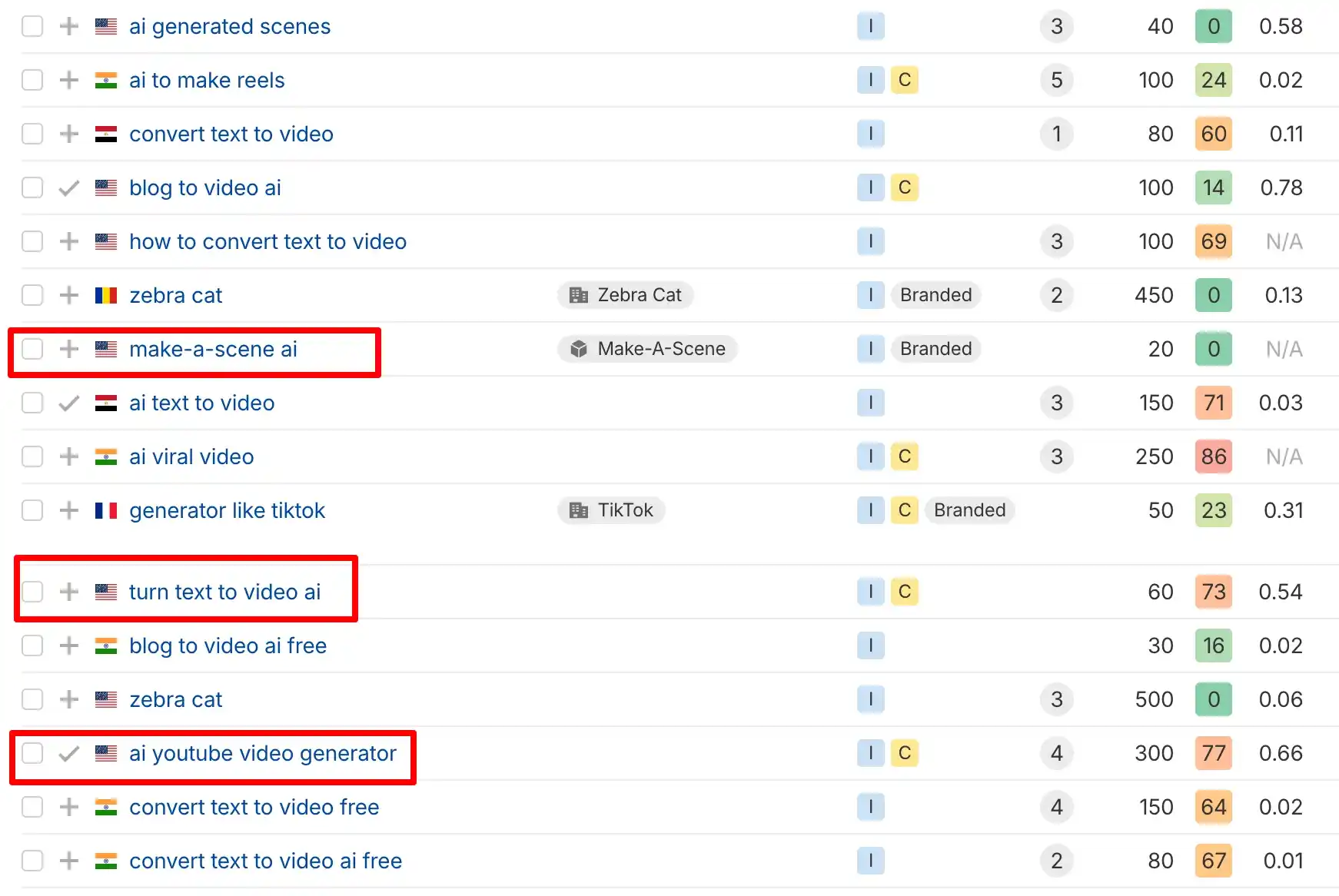
The key is not to copy your competitors’ structure but to reverse-engineer their visibility.
Filter out branded terms, look for recurring intent patterns (such as “for X industry” or “with Y integration”), and use those insights to shape your site architecture.
Over time, this approach builds topical depth around your features and helps your SaaS product appear across dozens of specific use-case searches.
Related article: Programmatic SEO for SaaS
Mine G2 + Capterra “Alternatives” and “Comparisons” Pages
If you’ve ever done SaaS keyword research long enough, you know there’s no better way to find real user intent than looking at G2 and Captera.
These platforms are full of high-value, low-volume keyword ideas that never appear in Ahrefs or Semrush, yet they’re exactly what your potential customers are typing when they’re ready to compare solutions or switch providers.
Here’s what I mean. Go to G2 or Captera and search for your competitors. You’ll instantly see pages like:
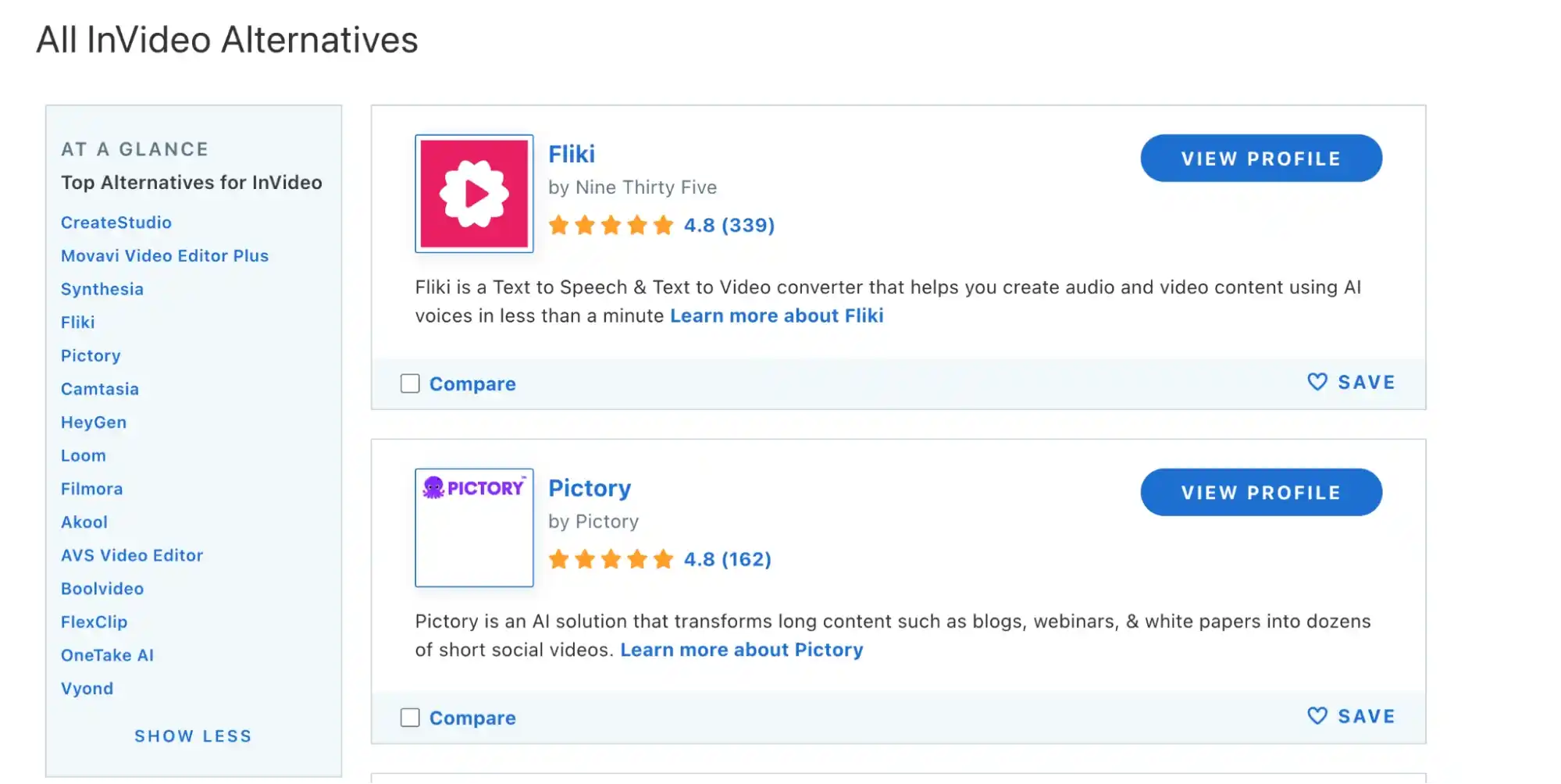
These are all keyword opportunities (BOFU content).
Even if Ahrefs shows zero or very low search volume, those keywords exist for a reason. These sites wouldn’t bother creating hundreds of “alternatives” and “vs” pages if people weren’t searching for them.
G2 and Captera rely on user intent data and internal search behavior, so the very fact that a page exists there signals real, qualified demand.
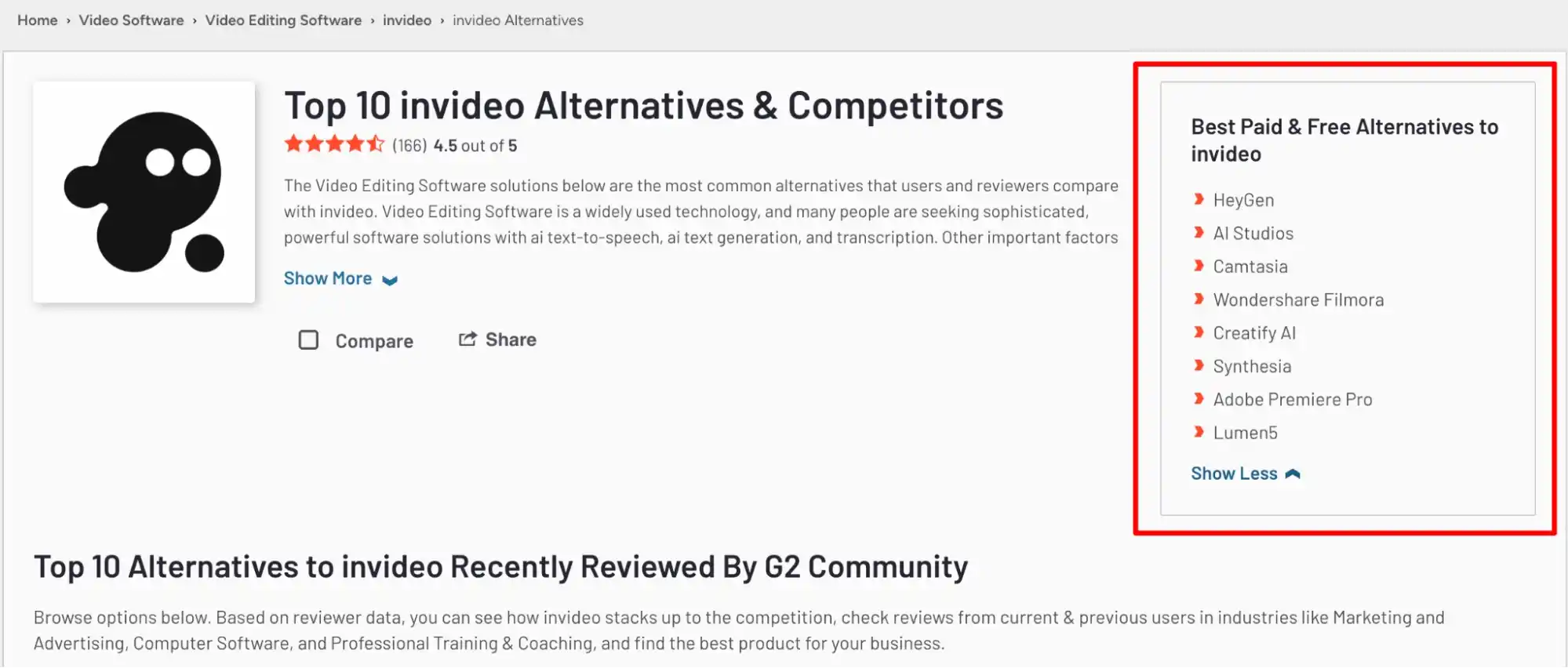
This works beautifully because these “alternatives” and “comparison” searches show buying intent.
People typing these queries are beyond the awareness stage; they’re already evaluating or planning to purchase. Even if the volume is small, the conversion rate tends to be far higher.
Also read: 5 SaaS SEO Case Studies
Another overlooked trick is to look at G2 categories and subcategories that your competitors fall into. Each of those categories (like “Email Marketing Software” or “HR Analytics Tools”) lists 10–20 similar products.
That list alone can suggest dozens of “Alternative” content ideas that position your product next to established names, and that’s how you start capturing market share in organic search.
If you’re a founder or marketer serious about learning this process in depth, check out our SEO course for SaaS founders.
Scrape PeopleAlsoAsk + Reddit Threads
You’ve probably noticed that the most valuable keyword ideas often don’t come from tools; they come from real conversations. The “People Also Ask” box in Google and discussions on platforms like Reddit or Quora are goldmines for finding low-hanging, high-intent opportunities.
This really makes them perfect for optimizing traditional SEO and LLM visibility. If you want your SaaS to optimize for LLMs and appear in AI summaries or Google’s AI overviews, you have to speak the same language as these question patterns.
For example, if you’re looking for “Which crm is better for an accounting firm?”, you will see:
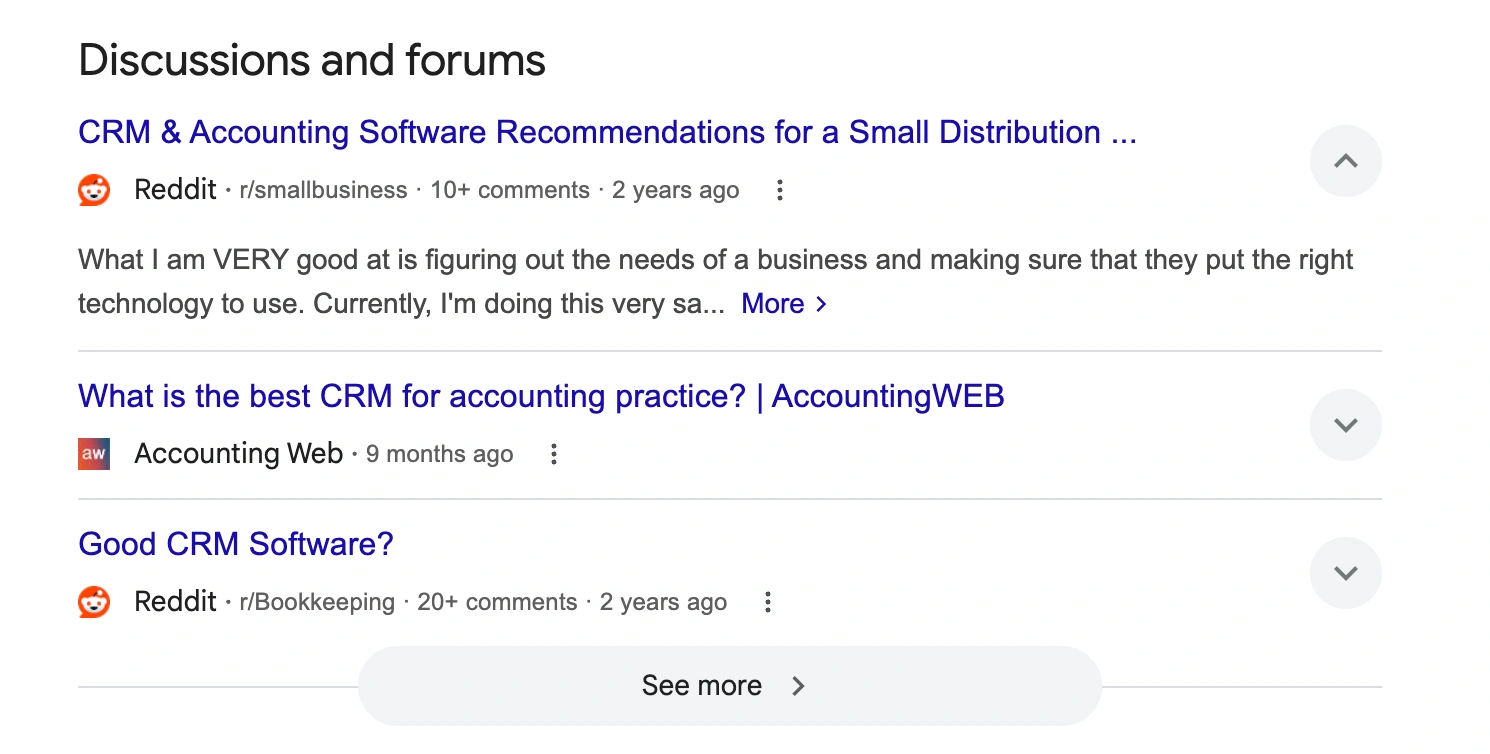
Also, some interesting keyword variations:
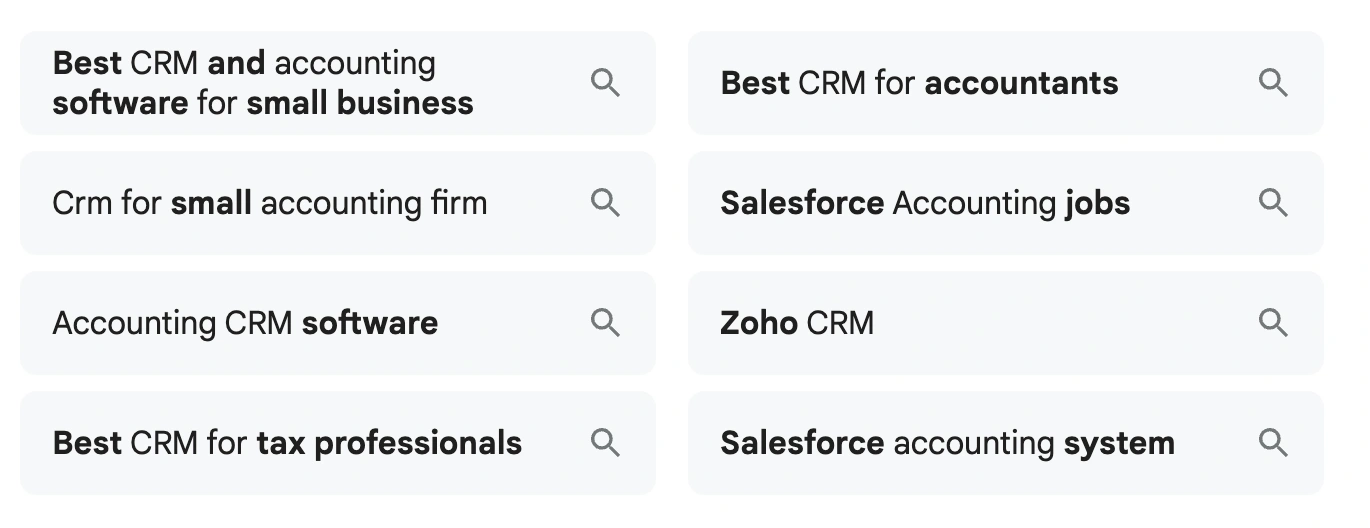
Each of these can become a blog post, feature FAQ, or even a dedicated support-style landing page. They might not have big search volume, but they match exact user intent, and that’s what gets you conversions and LLM inclusion.
Remember! Reddit is full of unfiltered opinions, and that’s why it’s so powerful. Threads like r/SaaS, r/Entrepreneur, or r/Startup often reveal questions or frustrations that haven’t yet made their way into keyword databases.
You’ll see posts like “What’s a good alternative to [competitor]?” or “Anyone found a project management tool that doesn’t force per-user pricing?”
These are direct, real signals that people are searching for something, even if the data tools haven’t caught up.
When you dig into Reddit threads, pay attention to a few details:
Date of discussion: Old threads might not reflect current market needs or product relevance. Focus on conversations from the last 12–18 months.
Especially if you’re working on B2B SaaS SEO, these insights are priceless. B2B buyers rarely search with generic phrases.
They type out questions and scenarios, not just keywords, and those questions often come straight from Reddit threads and “People Also Ask.”
If you’re looking for outsourced keyword research services tailored specifically for SaaS businesses, contact us today. We’ll help you uncover the opportunities your competitors are missing and turn them into real growth.
Use API/Integration Directories for Integration Keywords
In my full SaaS SEO guide, I’ve already talked about why targeting API keywords is one of the smartest strategies you can make. The short version is simple: people looking for “integrations” are already deep in the buying journey.
They’re actively trying to connect your solution to the tools they already use.
When I say “API integration keywords,” I’m referring to searches like “Slack API integration,” “HubSpot API for analytics,” or “connect Asana with Trello.”
These users usually belong to product or tech teams who are already evaluating tools, and if your SaaS integrates with their stack, you’re what they’re looking for.
One of the best ways to discover these keywords is by scraping or analyzing API directories and integration marketplaces.
For example, if you go through platforms like Zapier, Integrately, AppSumo, or even native integration directories of tools like HubSpot or Notion, you’ll see thousands of integration listings.
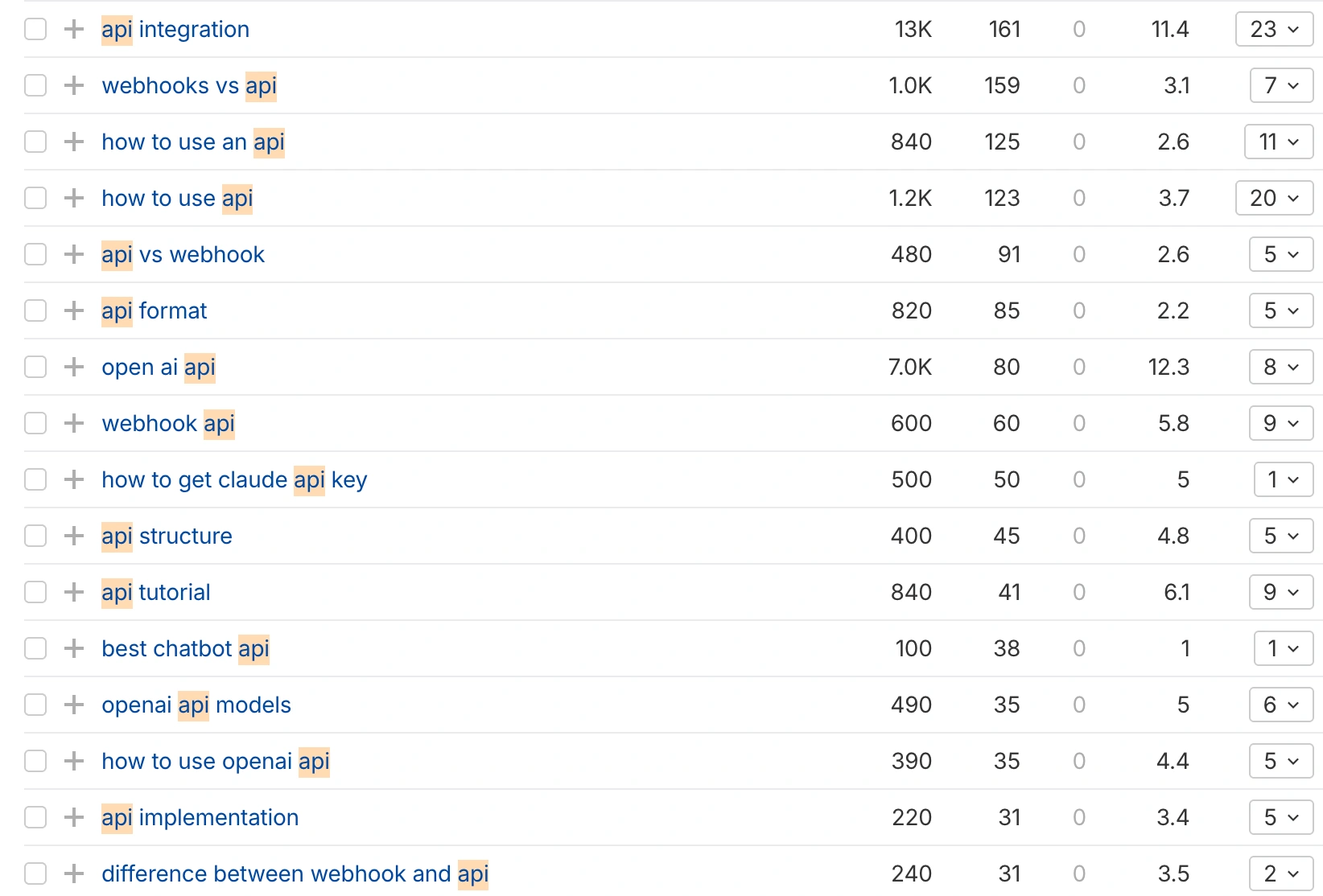
Each one of those titles is essentially a keyword waiting to be optimized.
Let’s say your SaaS product integrates with Slack, Google Sheets, and Airtable. Go through their integration directories and note how the listings are titled.
You’ll often find names like “Slack CRM integration,” “Google Sheets data sync,” or “Airtable automation tool.”
These phrases reflect real user searches because directories are built to be found on Google, and the people landing there already have a clear task in mind.
What’s interesting is that many SaaS companies don’t create dedicated landing pages for these integrations. They’ll just mention them briefly on a general “Integrations” page.
That’s a missed opportunity. By creating separate, well-optimized pages for each integration: “Slack integration for [Your SaaS],” “Google Sheets integration for [Your SaaS],” etc, you can rank for dozens of intent-rich keywords without much competition.
In practice, I usually export the top-ranking URLs from integration directories using Ahrefs or even a simple site search in Google (e.g., site:zapier.com integrations [keyword]).
From there, I take the titles, descriptions, and the autocomplete suggestions around those listings. It’s a small, manual task, but it always reveals low-competition, long-tail opportunities with high conversion potential.
If you’re looking for a reliable and experienced SaaS SEO agency to handle your keyword research and content strategy, get a custom proposal today.
Use LinkedIn Content and Job Listings to Detect Feature Demand
This is one of those under-the-radar techniques that very few SEOs talk about, but it’s incredibly powerful when you’re working with SaaS companies, especially if you’re trying to uncover feature demand before it appears in keyword tools.
LinkedIn is basically a live focus group for the SaaS industry. Founders, product managers, engineers, and users talk about features, integrations, and pain points every day.
If you pay attention, you’ll start to notice patterns in what people are asking for, what they’re frustrated with, or what they wish existed in certain tools.
Those phrases might not yet appear in Ahrefs or Semrush, but they’re early indicators of search demand that’s forming.
Also read: AnswerThePublic Review:
For instance, imagine you’re handling SEO for a SaaS analytics platform. You notice several LinkedIn posts where marketing teams discuss “multi-touch attribution inside HubSpot” or “custom reporting for GA4 alternatives.”
Those are not classic keyword phrases yet, but they’re feature-driven ideas that can easily become future high-intent search terms. You can build early content or even landing pages around those topics and claim visibility months before the rest of the market catches up.
Job listings are another surprisingly useful angle. When companies hire for roles like “Sales Operations Specialist” or “Marketing Automation Manager,” pay close attention to the tools and tasks mentioned in the descriptions.
Want to master these techniques step by step? Enroll in our keyword research course.
You’ll often see repeated patterns like “experience with Salesforce integration,” “automate Slack notifications,” or “build workflows in Notion or ClickUp.”
That’s the real value: LinkedIn job listings help you detect operational trends before they turn into keyword trends.
If dozens of companies are hiring for “Customer Data Platforms with HubSpot experience,” it’s safe to assume there’s growing demand for integrations or features related to that stack.
To make this process scalable, you can combine manual observation with light automation, using tools like PhantomBuster or Apify to scrape job listings or post data, and then filter for recurring words or tools.
Extract Phrases from YouTube Titles in Your Niche
YouTube is one of the most underrated data sources for understanding language, intent, and trending topics. YouTube creators, especially SaaS reviewers, marketers, and tutorial channels, often title their videos around real pain points and use cases that people search for every day.
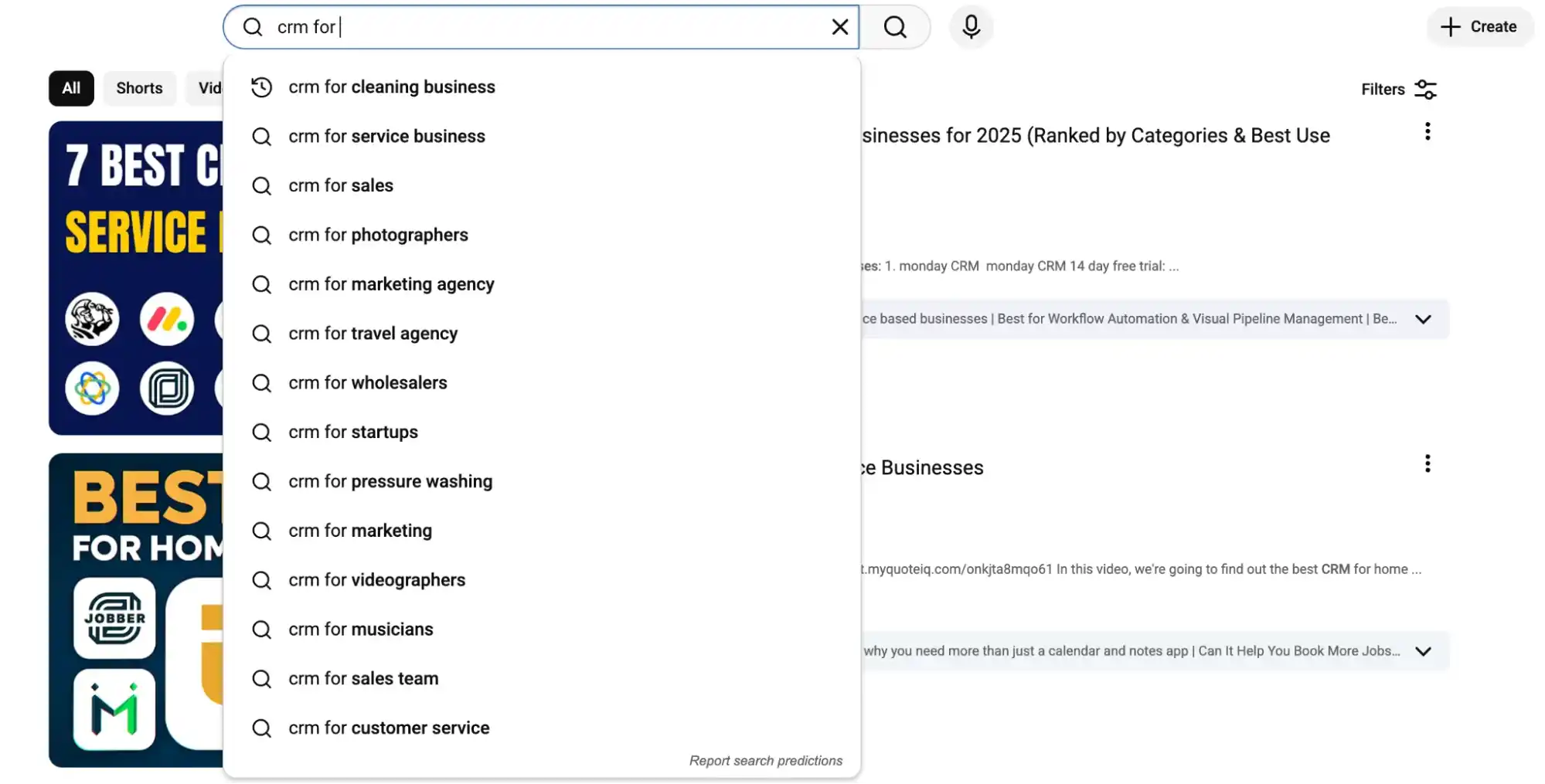
When you analyze YouTube titles in your niche, what you’re doing is identifying the phrasing users respond to most naturally.
The process is straightforward but surprisingly revealing. Start by searching YouTube for your main keywords, things like “CRM tools” or “best workflow automation apps.”
Then, scroll through the titles of the top-performing videos and note recurring phrasing patterns. Look for variations like “for agencies,” “for SaaS startups,” “without coding,” or “with AI.”
To make this process faster, you can use TubeBuddy or VidIQ; both show you search volume, competition, and related keyword tags directly on YouTube.
I personally don’t rely too heavily on the metrics there; they’re not as accurate as SEO tools, but they’re excellent for identifying directional opportunities.
YouTube’s algorithm depends on search behavior, engagement, and retention, so if a video gets traction for “email marketing automation for startups,” the phrase clearly resonates. You can safely assume people are typing it into Google as well.
I also recommend excluding older or irrelevant videos because SaaS trends evolve fast, and a 2019 video about “AI analytics tools” probably targets outdated keywords.
Stick with content from the past year to stay aligned with current demand and terminology.
Also read: Technical SEO Checklist for SaaS
What Tools Work Best for Finding SaaS-Specific Keywords?
There are plenty of tools out there: Ahrefs, SEMrush, AnswerThePublic, and others, and all of them can help you uncover valuable keyword ideas. But to be honest, there isn’t a single tool built specifically for SaaS.
Most keyword tools rely on the same databases. What separates an average researcher from a good one is their ability to extract intent and context, and that comes from the techniques, not the tool.
However, if you’re looking for accuracy and depth, Ahrefs is still my go-to.
Also read: SEO for Enterprise SaaS
How Does AI or LLM Search Affect SaaS Keyword Strategy?
AI-driven search, especially through large language models (LLMs) like Google’s AI Overviews, ChatGPT, and Perplexity, is already changing how people discover SaaS products, and it’s forcing us to rethink keyword strategy from the ground up.
In traditional SEO, you optimize for queries. You identify the keywords people type, estimate volume, and build pages around them. But with AI-based search, users aren’t typing isolated keywords anymore; they’re asking specific questions, describing scenarios, or seeking recommendations.
Instead of “CRM software,” they ask, “What’s the best CRM that integrates with Slack and supports lead scoring?” That single prompt can trigger ten variations of intent.
Related article: Top 10 AI-Powered SEO Services
For SaaS SEO, this shift means one thing: you’re no longer optimizing just for keywords; you’re optimizing for context. LLMs suggest results that provide complete, trustworthy answers, not partial fragments.
That’s why creating feature-level content, comparison pages, and integration guides now matters more than ever. The more your pages connect real problems, integrations, and benefits, the better your SaaS is positioned to appear in AI summaries.
If you’re ready to uncover hidden keyword opportunities and scale your organic growth, explore our keyword research packages tailored specifically for SaaS businesses.
Another major change is that topical authority outweighs individual keyword optimization. LLMs analyze entities, relationships, and depth of coverage, not just keyword placement.
So when your SaaS site has cohesive clusters around key topics (for example, “CRM automation,” “Slack integrations,” or “lead tracking for agencies”), the model learns that your brand really owns that subject space.
That’s when your product starts being referenced in AI-powered answers, even without direct ranking on traditional SERPs.
So yes, LLMs are disrupting keyword strategy, but in a good way. They’re pushing us to create content that deserves visibility.
In my own experience, when you do this right, your SaaS doesn’t just appear on Google; it starts getting mentioned inside AI tools people actually use to make buying decisions.
What Metrics Should Guide SaaS Keyword Prioritization?
Again, I see people relying purely on search volume. In reality, that number is rarely associated with the true value of a keyword. SaaS buying journeys are long and niche, which means even a keyword with 30 monthly searches can bring more qualified leads than one with 3,000.
I would say four metrics really matter: intent, commercial value, difficulty, trend stability & potential.
Also read: SEO Content Audit for SaaS
Grab Our Keyword Research Template
If you want to apply these strategies in a structured way, you can grab our keyword research template, the same one we use internally at Digital World Institute for SaaS clients.
It’s built to help you organize keywords by intent, map them to funnel stages, and identify opportunities that competitors overlook.
Use it as your starting point, whether you’re doing keyword research for a SaaS startup, optimizing an existing site, or scaling an enterprise platform. It’s simple, efficient, and designed for real-world SEO.
The Bottom Line
In my keyword research guide for SaaS, I’ve shared the exact techniques and insights we personally use at Digital World Institute for our SaaS clients. They’re the same methods behind many of our real success stories.
I’m confident that if you apply even a fraction of these strategies, you’ll start uncovering the opportunities that move the needle.
Whether you’re looking for a B2B SaaS SEO agency, a SaaS SEO partner, or full-service support covering keyword research, content strategy, and link-building, our team is ready to help you grow.












